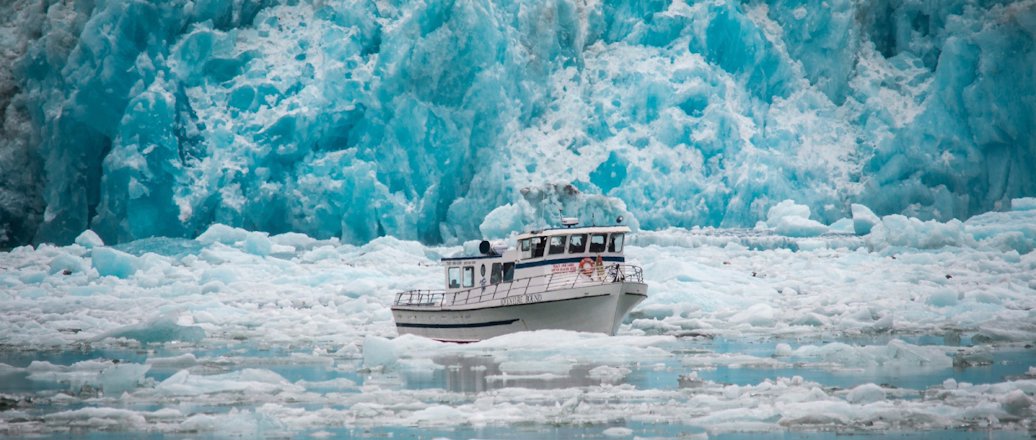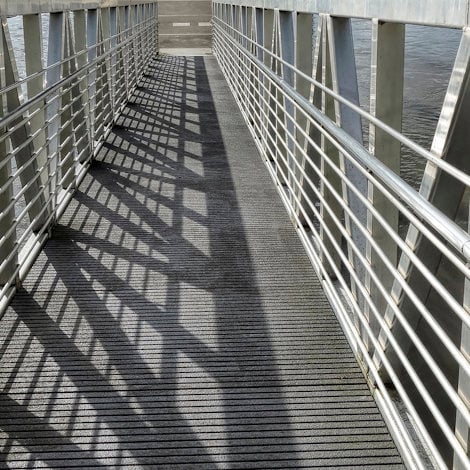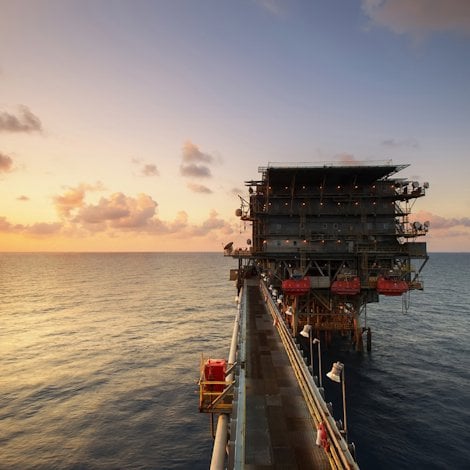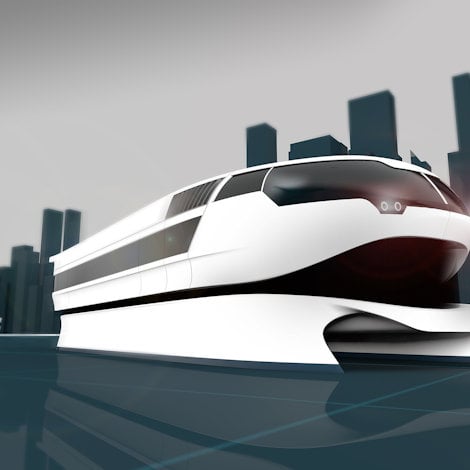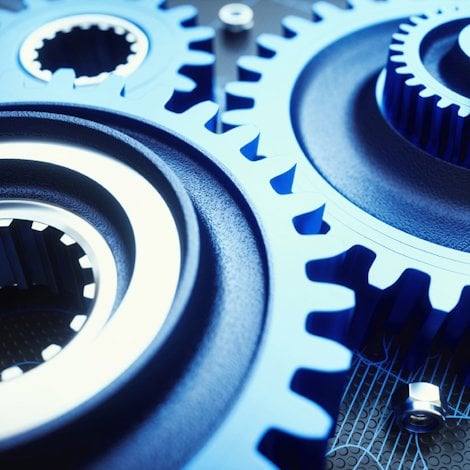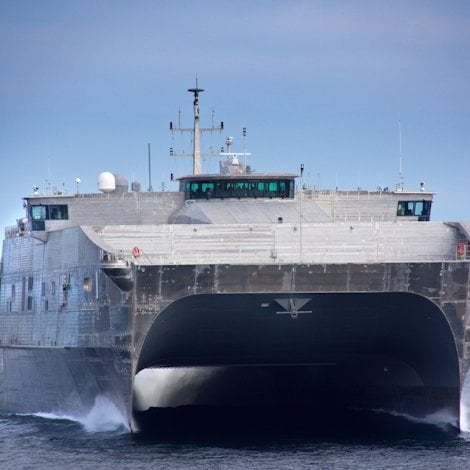Why you should use aluminium in icy waters
Unlike most steel grades, aluminium does not become brittle at low temperatures. Instead, aluminium gets stronger and its ductility and toughness increases. You should know this when you are selecting materials for metal parts to be used in extremely low temperatures.
Allied forces experienced the consequences of poor material selection for a number of the ships built for service during the Second World War. They registered hundreds of significant hull and deck cracks. Twelve broke in half.
The problem was that the steel used for the hulls of the ships was subject to fracture when exposed to temperatures below a certain level. The material went from ductile to brittle, and that is when the hulls began to crack.
The fracture toughness for aluminium is almost independent of temperature. Aluminium gets stronger when temperatures fall. Steel does not, not even when using a stronger steel.
Aluminium in the Arctic
Offshore oil and gas activity is increasing in areas of extreme cold.
Because areas like the Arctic Ocean are highly sensitive to pollution, the consequences of spills or other accidents can be dramatic. The major challenges relate to safe remote operations at temperatures down to -60°C – and structural materials play an important role.
You need to know how the material will behave. Will it be safe to use? Cost-effective?
Aluminium alloys are well-suited for service in the freezing cold. ASM International, formerly the American Sociey for Metals, has results from tests and field use showing that the tensile, yield, and impact strengths of all aluminium alloys increase at extreme low temperatures. They maintain their ductility, corrosion resistance is enhanced, and there is no increase in brittleness.
Limited change in toughness and ductility
Aluminium alloys are often used for cryogenic and other low-temperature applications because the metal shows no transition temperature to brittle behavior. Its toughness and ductility is relatively constant within the temperature range -60°C to 20°C.
Here is an example: The Bharati research station in Antarctica was built with aluminium windows and facades that can withstand some of the most extreme climatic conditions on earth. It stands up to hurricane-like winds, abnormally high thermal and mechanical loads caused by blizzards, huge quantities of snow and temperatures of -60°C and below.
I suggest that you consider using aluminium for applications that are subject to such conditions. I’m thinking about offshore applications like helidecks, living quarters, in subsea protection covers and frames for intervention equipment and process modules, prefabricated walls, and in top-side applications like stairs, walkways and handrail systems. And ships.

